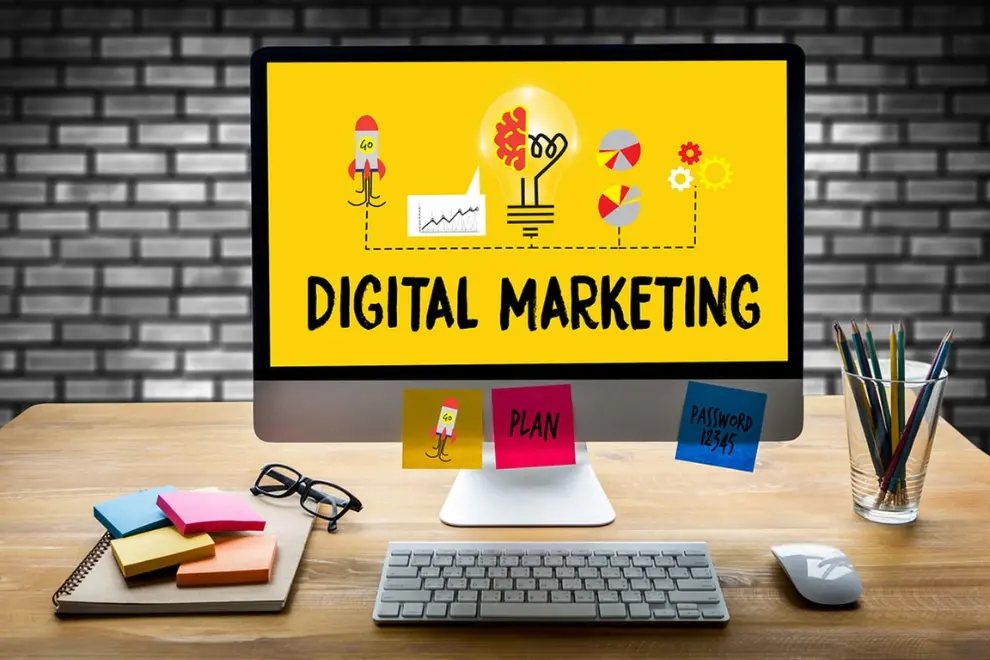UX vs UI careers are two of the most sought-after roles in the world of digital design. In the ever-evolving world of design, two career paths stand out as particularly intriguing and essential to the development of engaging digital products: User Experience (UX) and User Interface (UI) design. Both UX and UI play critical roles in shaping how users interact with websites, apps, and software. But they focus on different aspects of the design process. As more businesses recognize the value of great design in driving user satisfaction and engagement, the demand for skilled UX and UI professionals continues to rise. If you’re considering a career in digital design, you might be wondering which path is the right one for you. In this article, we’ll break down the differences between UX and UI careers, the skills required, and how to choose the best path based on your interests and strengths.
What is UX Design?
User Experience (UX) design is focused on the overall feel of the product and ensuring that users have a positive experience when interacting with it. UX designers are responsible for understanding user behaviors, needs, and motivations through research and testing. Their goal is to optimize usability and create a seamless, intuitive experience for the end-user.
Key Responsibilities of UX Designers:
- User Research: Conducting interviews, surveys, and usability testing to understand user behavior and pain points.
- Wireframing and Prototyping: Creating blueprints and interactive prototypes to visualize the product’s flow and functionality.
- User Testing: Analyzing the usability of the product through user feedback and refining the design to improve user experience.
- Information Architecture: Structuring content and navigation in a way that is logical and easy for users to understand.
- Interaction Design: Focusing on how users interact with the product and ensuring smooth transitions and interactions.
UX designers aim to enhance the overall experience by ensuring that users can easily accomplish tasks, feel satisfied with the product, and ultimately become loyal customers. They emphasize empathy, problem-solving, and research-driven design.
What is UI Design?
User Interface (UI) design, on the other hand, is primarily concerned with the look and feel of the product’s interface. UI designers focus on the aesthetics and visual aspects of the product, making sure it is visually appealing, cohesive, and consistent. They are responsible for the layout, colors, typography, buttons, icons, and other visual elements that users interact with on the screen.
Key Responsibilities of UI Designers:
- Visual Design: Creating a visually cohesive design system that ensures a consistent look and feel across the product.
- Interaction Design: Designing buttons, sliders, and other elements that users interact with, ensuring they are intuitive and easy to use.
- Branding: Ensuring the product’s design aligns with the brand’s identity and maintains a strong visual presence.
- Responsive Design: Ensuring the product is optimized for different screen sizes and devices, offering a seamless experience across platforms.
- Creating Design Systems: Developing style guides, component libraries, and design systems that streamline the design process for teams.
UI designers focus on making the product visually appealing and easy to use, but their work is centered around visual communication rather than the overall experience of using the product.
Key Differences Between UX and UI Design
While both UX and UI designers work closely together to create engaging digital products, their roles are distinct. Here are some of the key differences between UX and UI design:
1. Focus Areas:
- UX Design: Focuses on the overall experience a user has with a product or service. UX design involves understanding users’ needs, behaviors, and pain points to improve usability and create seamless user journeys.
- UI Design: Focuses on the aesthetics and visual design elements of a product. UI designers are concerned with how the product looks, how users interact with it visually, and ensuring that it aligns with the brand.
2. Responsibilities:
- UX Designers: Responsible for user research, wireframing, prototyping, information architecture, and testing the product’s usability.
- UI Designers: Responsible for visual design, layout, typography, color schemes, and ensuring the interface is visually appealing and easy to navigate.
3. Skills Required:
- UX Designers: UX design requires strong research, analytical thinking, problem-solving, and testing skills. Proficiency in tools like Sketch, Figma, and Adobe XD is common, along with knowledge of user-centered design principles.
- UI Designers: UI design requires a keen eye for detail, creativity, and visual design expertise. Skills in typography, color theory, and knowledge of design tools like Adobe Illustrator, Photoshop, Sketch, and Figma are essential.
4. Goal:
- UX Designers: The goal of UX design is to optimize the product’s usability and create a positive, intuitive experience for users.
- UI Designers: The goal of UI design is to create an aesthetically pleasing interface that is visually consistent, functional, and easy for users to interact with.

How to Choose Between a UX and UI Career
Choosing between a career in UX or UI design ultimately depends on your personal interests, skills, and career goals. Here are some key factors to consider when deciding which path is right for you:
1. Do You Enjoy Research and Problem Solving?
If you enjoy analyzing user behaviors, conducting research, and solving problems related to user interaction, UX design might be the better fit for you. UX designers are deeply involved in understanding user needs and crafting solutions to improve the overall experience.
2. Are You More Interested in Visual Design?
If you have a strong passion for creating beautiful, cohesive designs and enjoy working with visual elements, UI design might be more your speed. UI designers focus on making products visually appealing while ensuring that users can easily navigate the interface.
3. Are You Comfortable with the Entire Design Process?
UX designers are involved in the entire design process from research and wireframing to testing and refinement. If you’re excited about shaping the user journey from start to finish, UX design could be a rewarding career path.
4. Do You Enjoy Collaboration?
Both UX and UI designers work closely with other teams like developers, product managers, and marketers. However, UX designers often work more closely with developers to ensure functionality, while UI designers collaborate more with branding and marketing teams to maintain consistency in visual design.
5. Hybrid Roles: UX/UI Designer
Many companies are now hiring hybrid UX/UI designers who are proficient in both areas. This type of role requires a versatile skill set that combines user research and interface design. If you’re interested in both aspects of the design process, a hybrid role might be an ideal choice.
Which Path is Right for You in UX vs UI Careers?
Both UX and UI design offer exciting and rewarding careers in the tech industry, but they cater to different skill sets and interests. If you’re more interested in understanding user behavior, solving problems, and enhancing overall product usability, UX design may be the path for you. If you’re drawn to visual design, typography, and ensuring an engaging user interface, UI design might be a better fit.
Remember, the best career path is the one that aligns with your skills, passions, and long-term goals. Whether you choose UX, UI, or a combination of both, there is no wrong choice—both paths are essential to creating exceptional digital experiences.
Ultimately, whichever path you choose, pursuing a career in design offers opportunities to work in a dynamic, creative field that is constantly evolving. Start by honing your skills, building a strong portfolio, and staying current with industry trends, and you’ll be well on your way to a successful design career.


